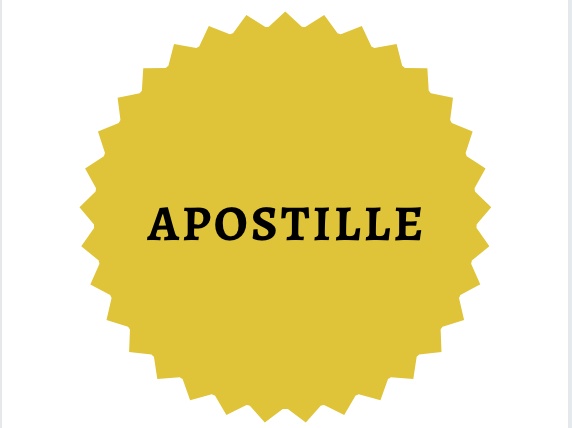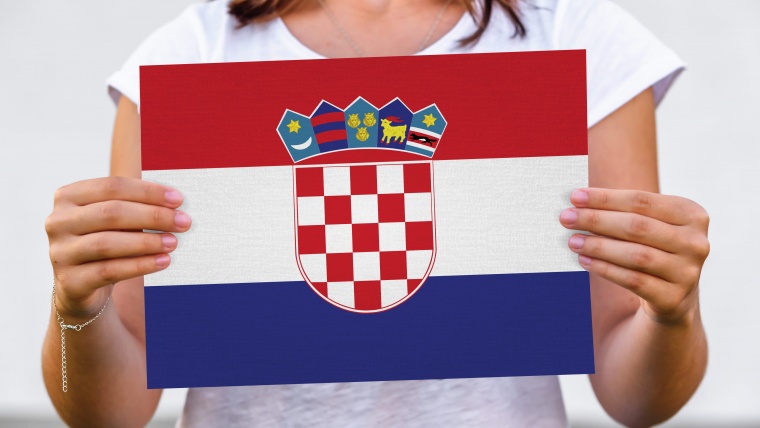Professional Serbian Translations
- Serbian to English and English to Serbian translations across various industries and domains and situations.
- Spoken by 12 million people around the world, Serbian covers 1.8 % of the population of the world. It is the official language of Serbia, Kosovo and Bosnia and Herzegovina.
- Serbian is a minority language in countries including Croatia, Hungary, Montenegro, the Czech Republic, Romania, Macedonia and Slovakia, and due to waves of migration in the past 100 years, it is widely spoken in Serbian diaspora in the United States, Canada, Germany, Austria and Australia.
Basic Information About Serbian
As a member of the Indo-European subgroup, the Serbian language is considered as a branch of the Slavic languages. It traces its origins from the Old Church Slavonic – a liturgical language belonging to the end of the first millennium. The standard Serbian language is based on the Shtokavian dialect.
Serbian shows a lot of similarity to the ex-Yugoslavian languages including Croatian, Bosnian and Montenegrin. People speaking any one or all of the languages can intercommunicate easily. This is because Serbian is a pluricentric language and is one of the four varieties of Serbo-Croatian languages. The differences between Serbian and Croatian are only at the level of lexicon, but when it comes to the style and syntax, these two languages are very similar. The differences between Serbian and Croatian are as minimal as different dialects of, for example, English, Australian English and British English. Serbian is one of very few European languages which use both Cyrillic and Latin alphabets in equal proportion. Cyrillic script is preferred in Serbia, whereas the Latin alphabet is favored in Bosnia and Herzegovina, as well as in Montenegro. Serbian is regulated by the Board for Standardization of the Serbian Language.

Interesting facts
Serbian has a very rich morphology, being a Slavic language. Serbian has three grammatical genders, nouns and adjectives are declined for seven cases and two numbers. Serbian has seven tenses: present, imperfect/aorist, future I, future II, pluperfect and perfect.
The names of the months in Serbian are derived from Latin just like in Bosnian, but for Croatian language the months are of Slavic origin.
The following pairs of examples illustrate lexical differences between Serbian and Croatian: музика (muzika) vs. glazba (Eng. music); фабрика (fabrika) vs. tvornica (Eng. factory); хиљада (hiljada) vs. tisuća (Eng. thousand).
Serbian is known for long consonant clusters such as: прст (prst) (Eng. finger), стврднути (stvrdnuti) (Eng. to harden) that are difficult to pronounce even for speakers of other Slavic languages.



